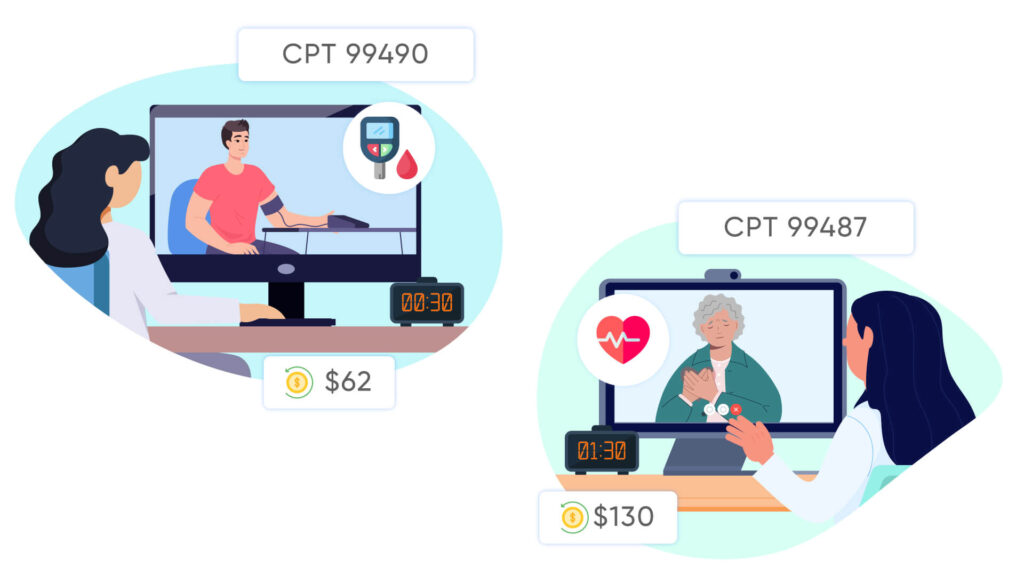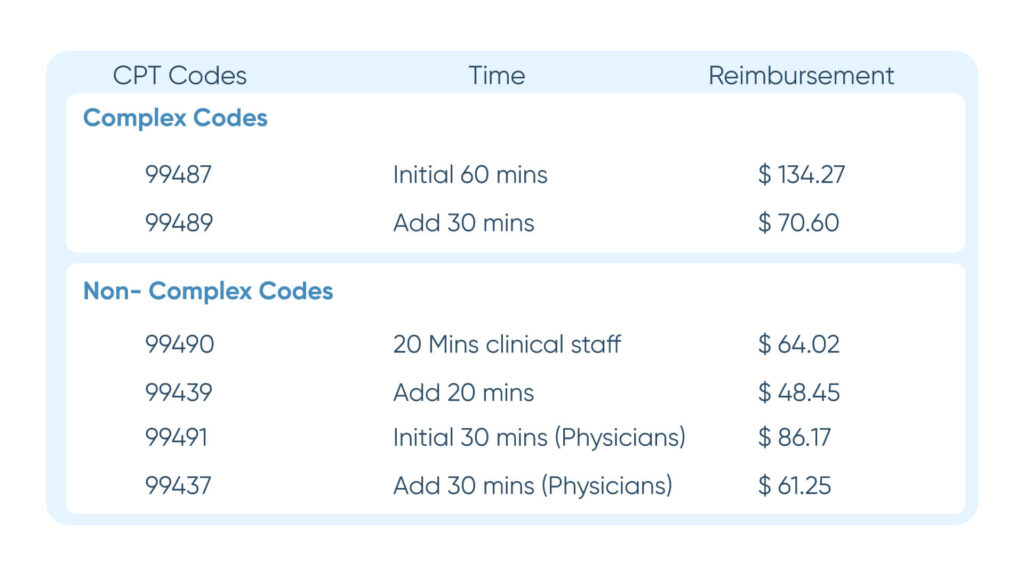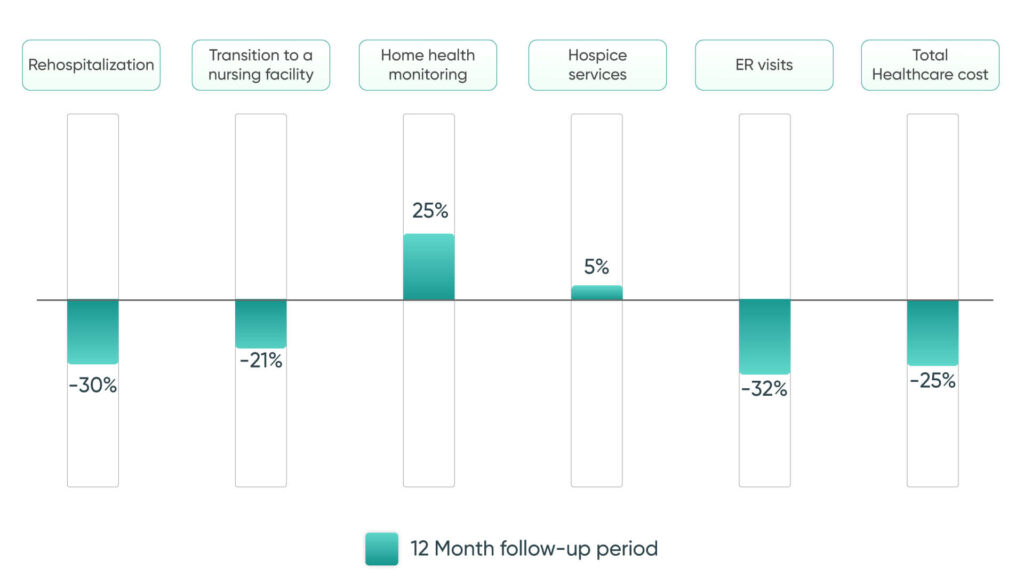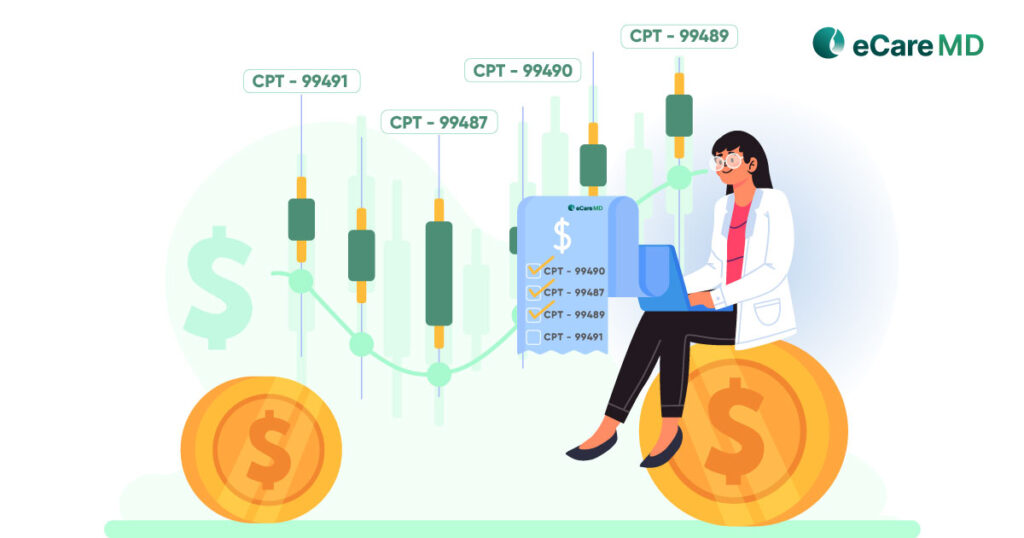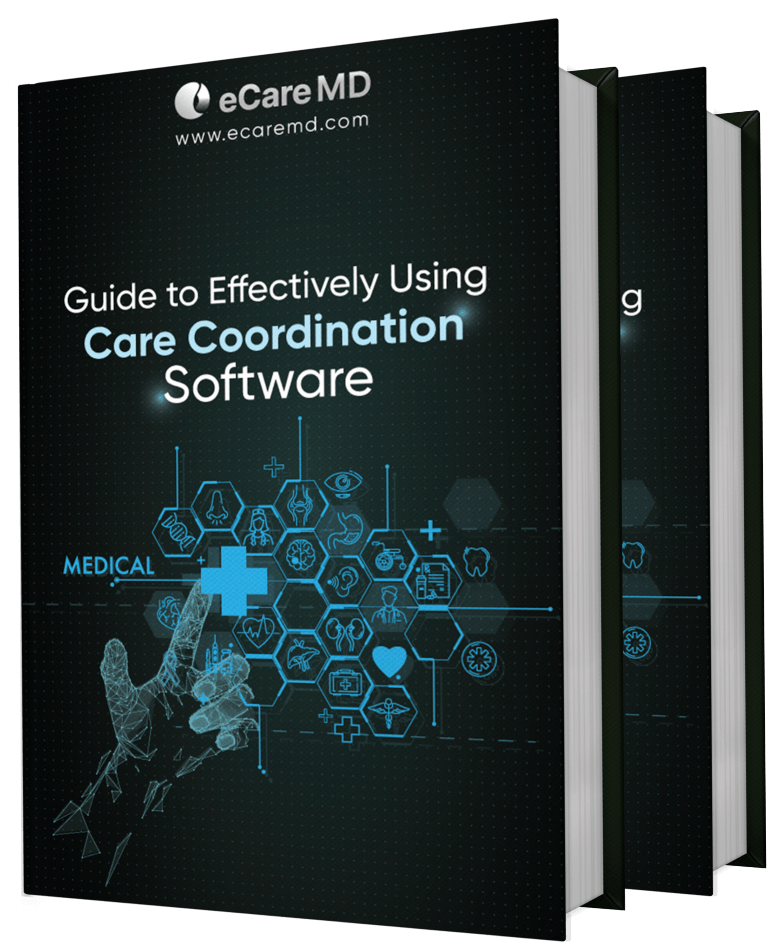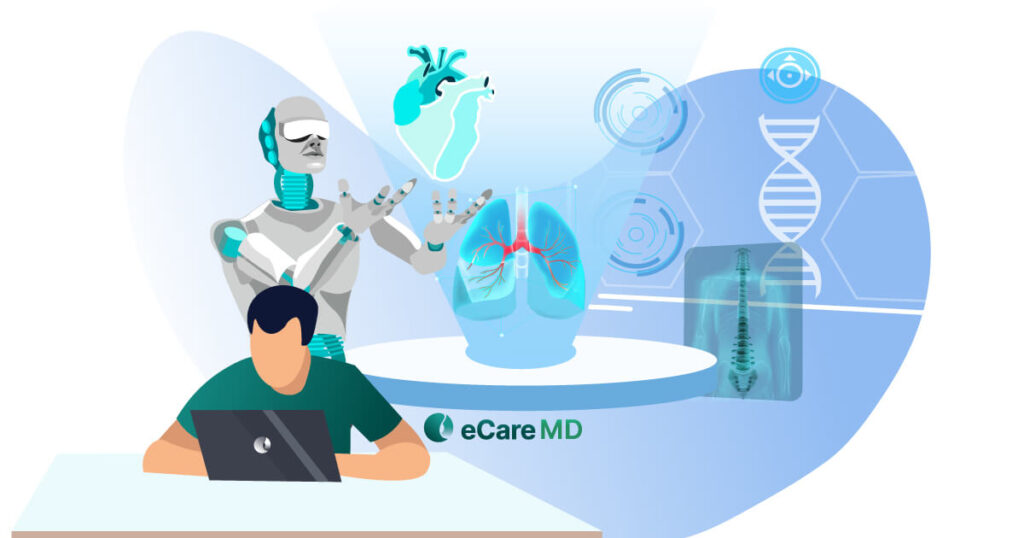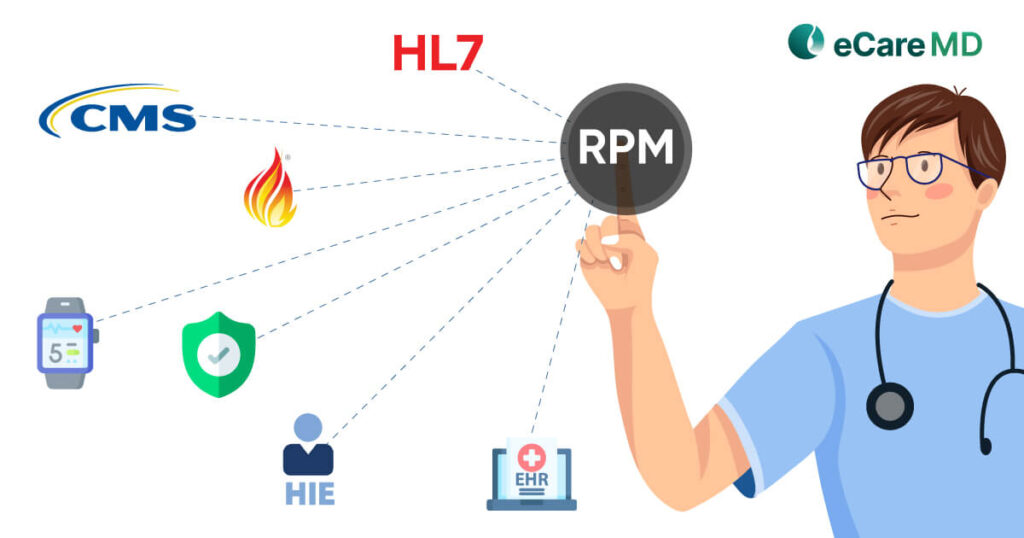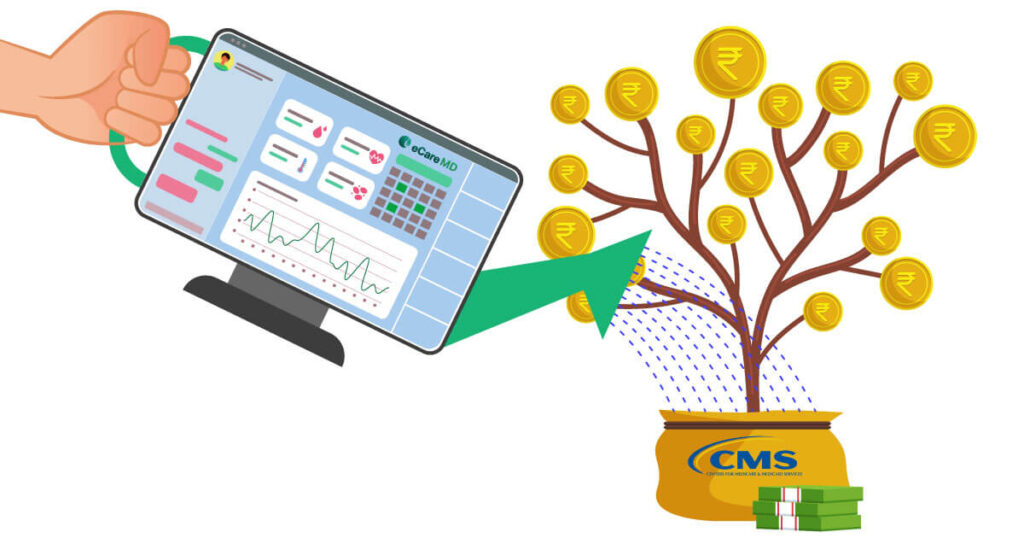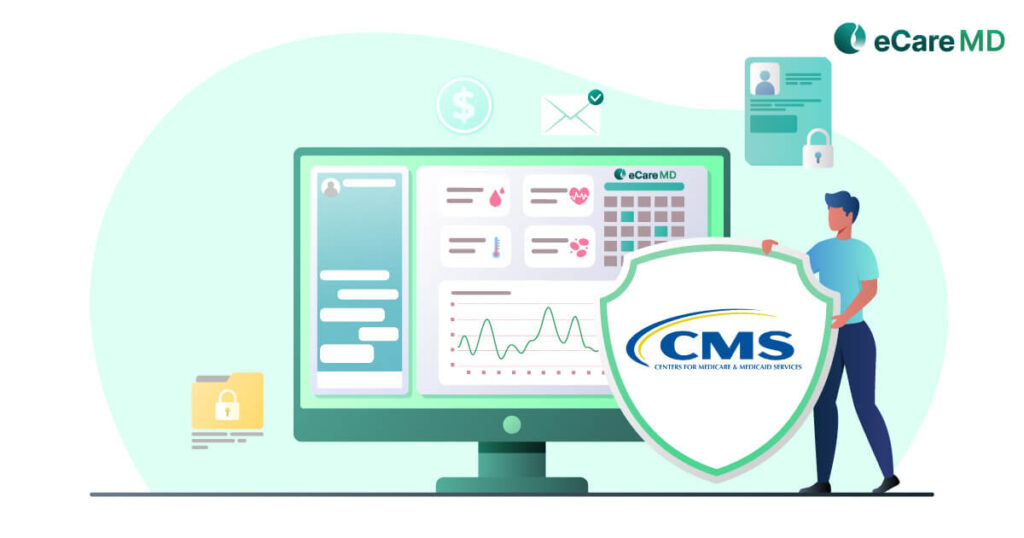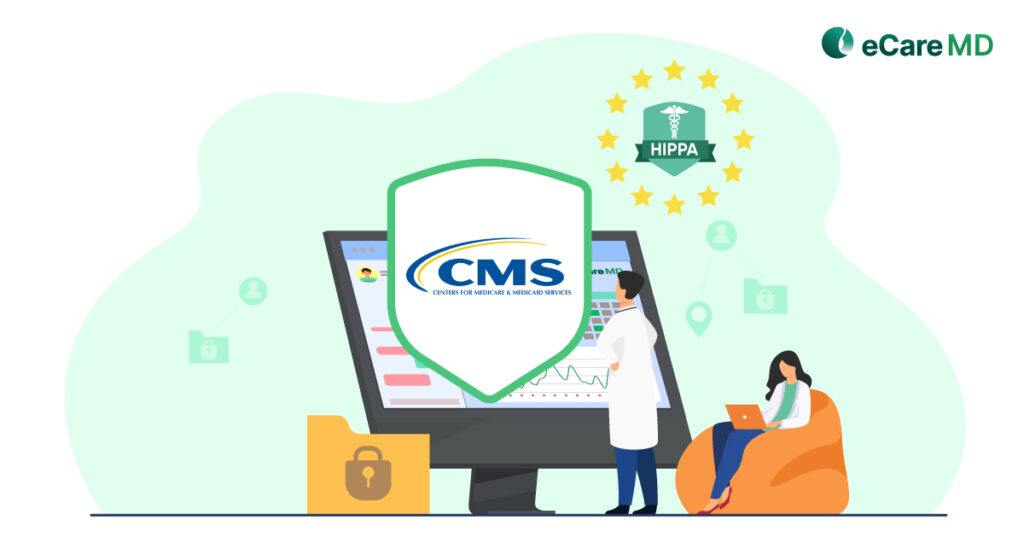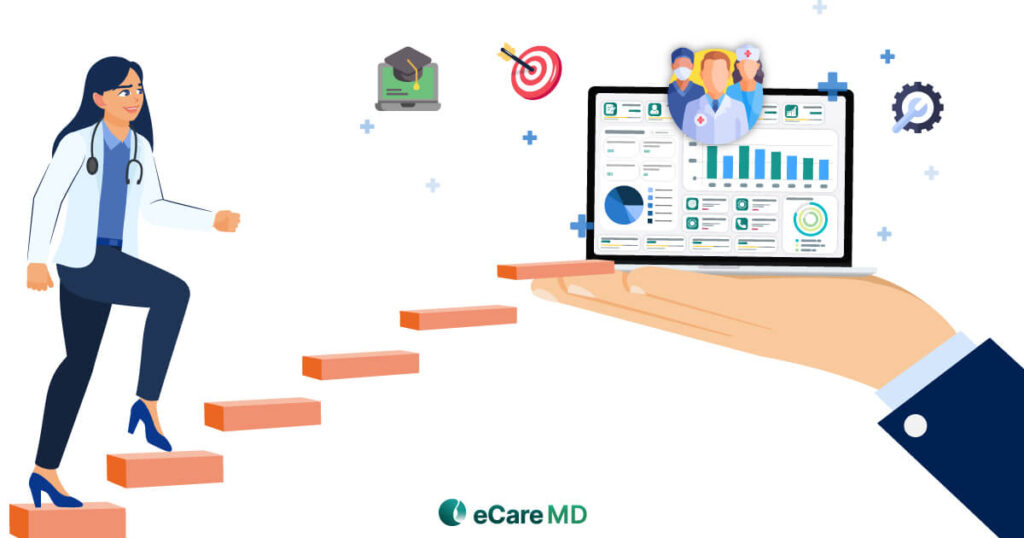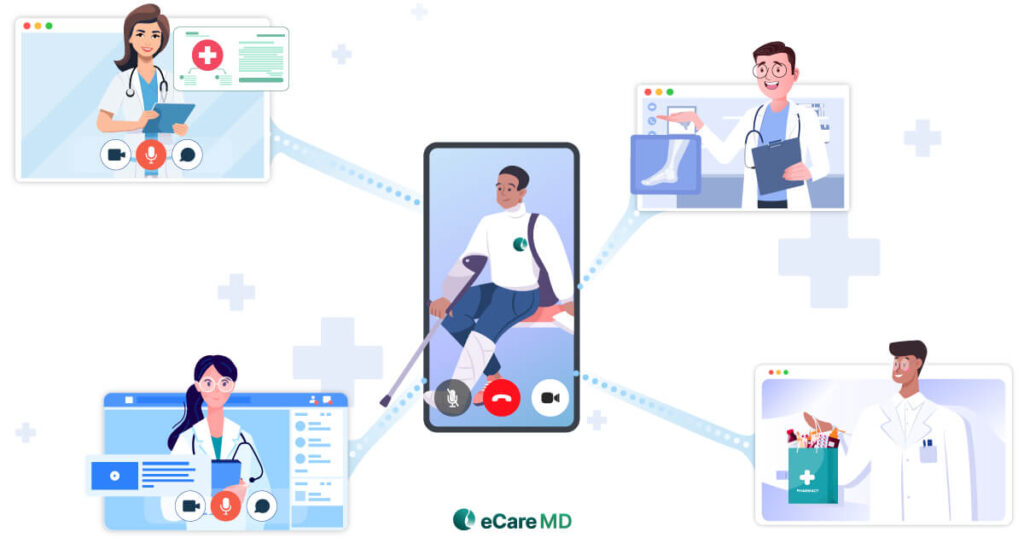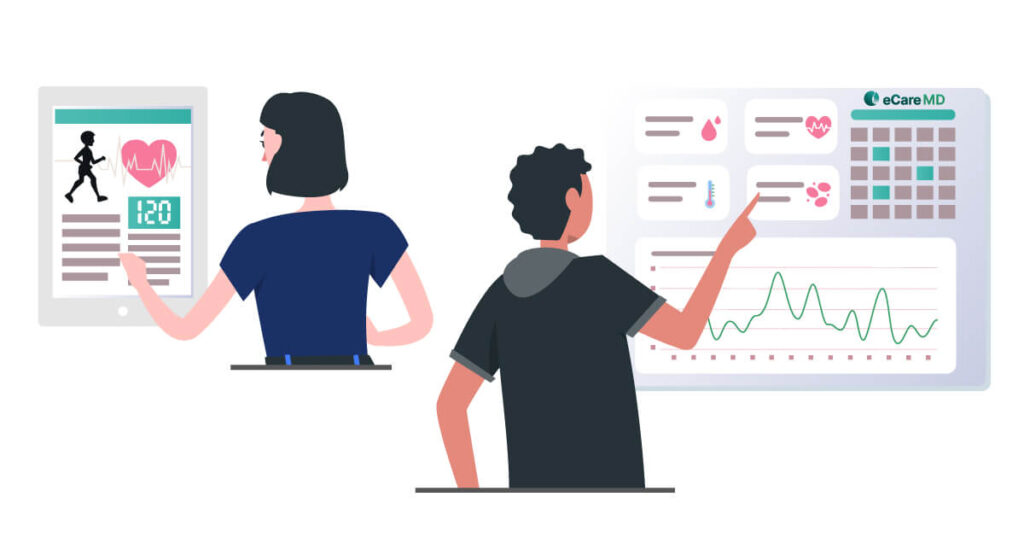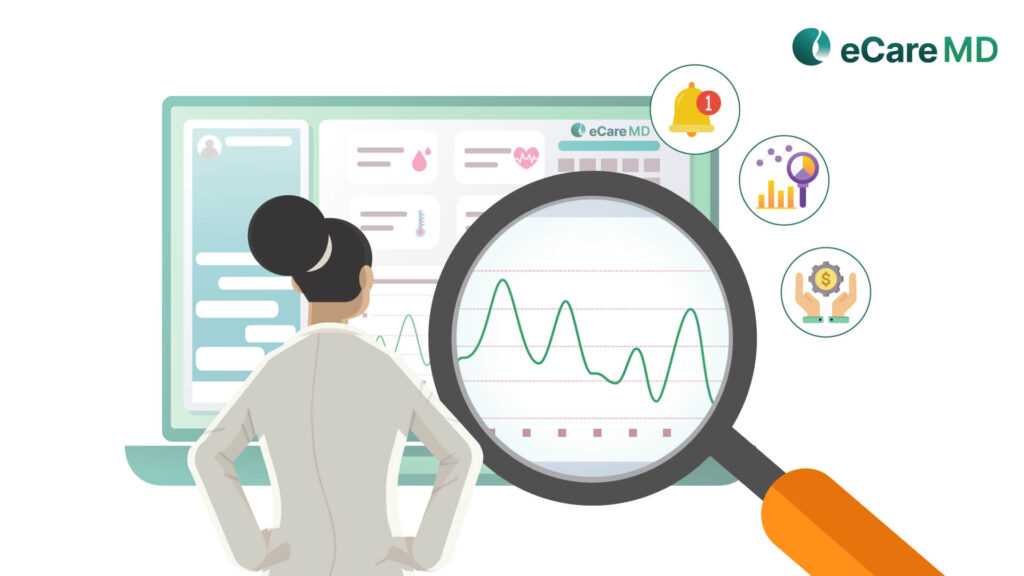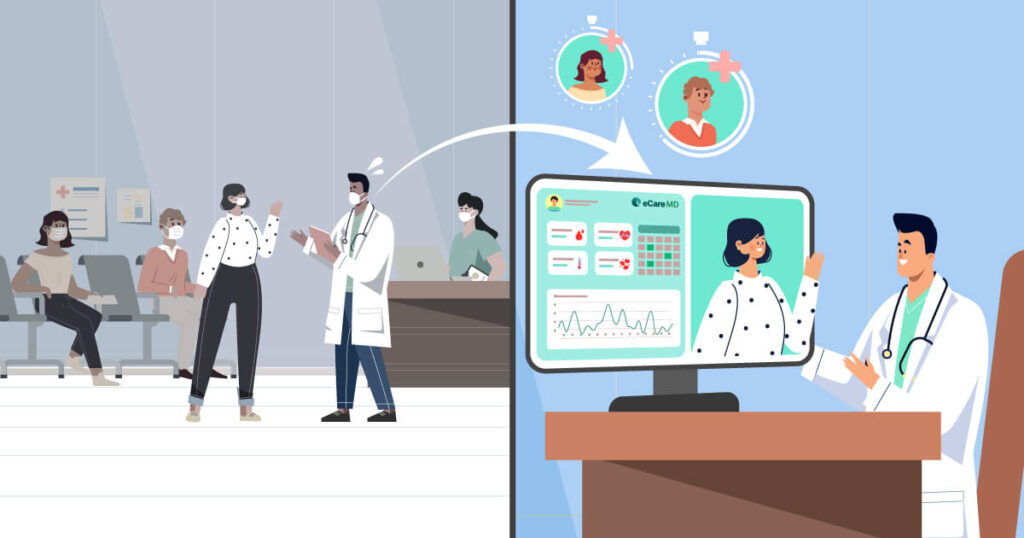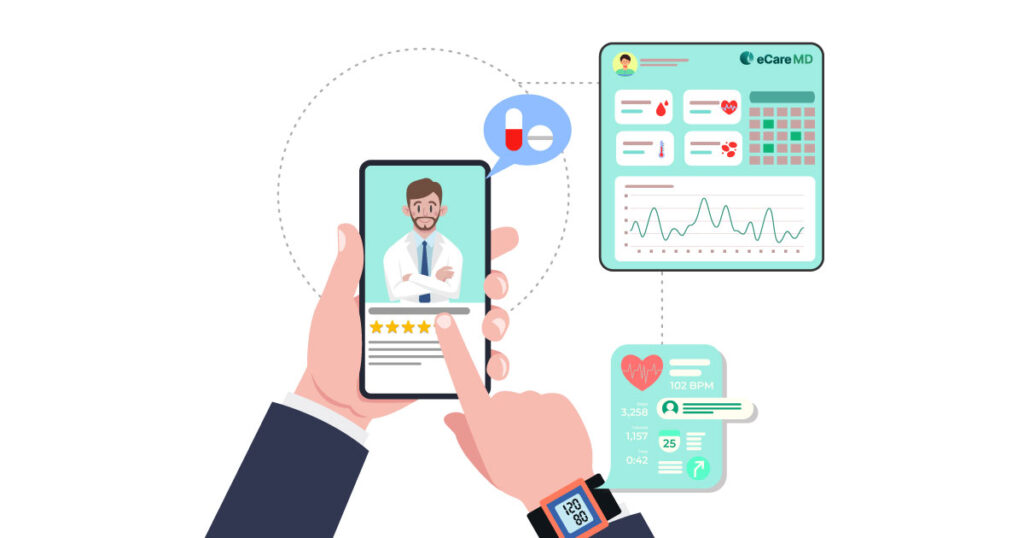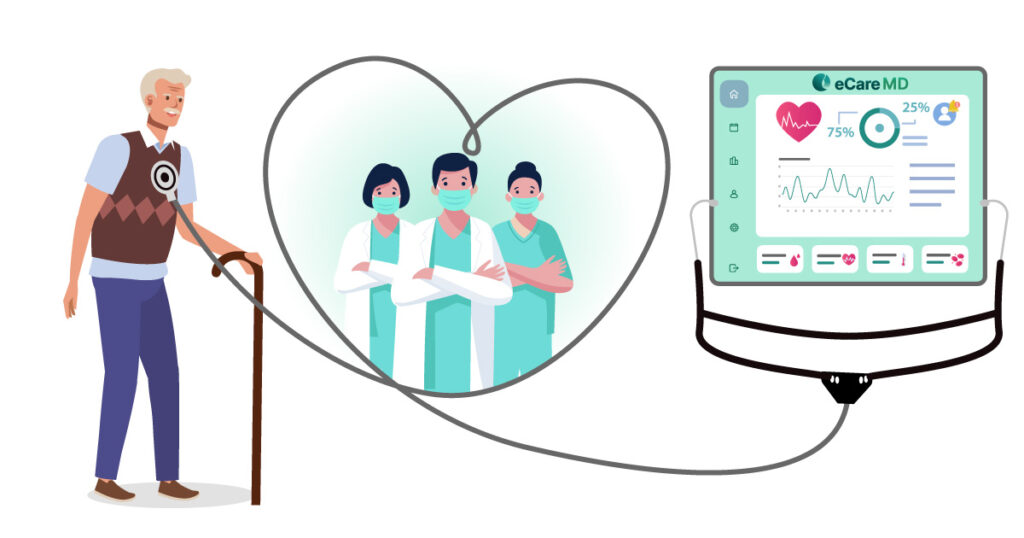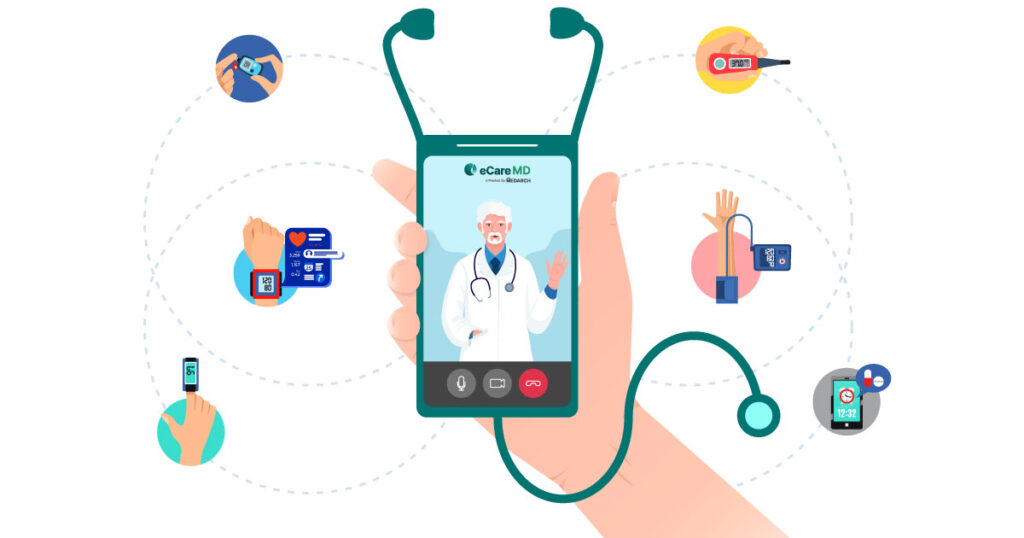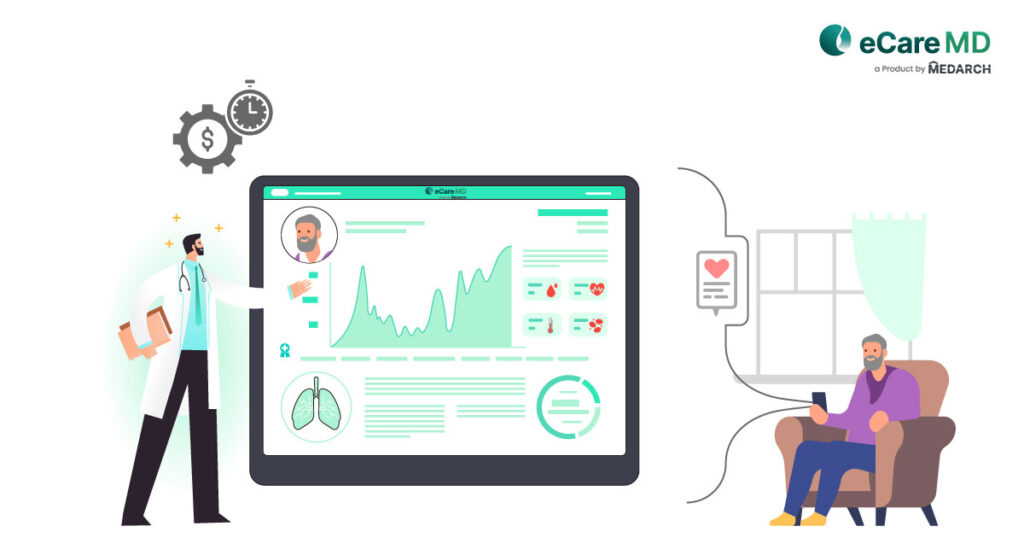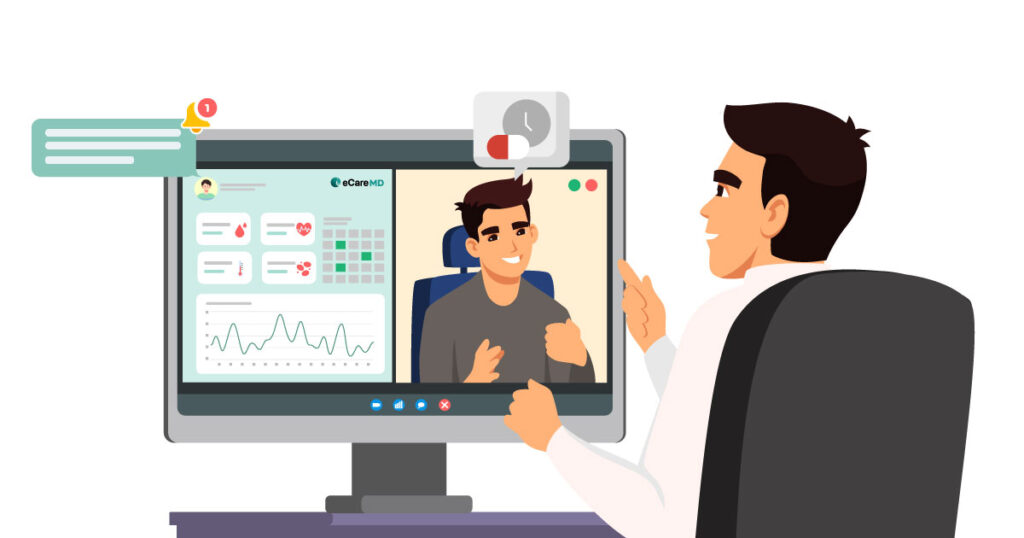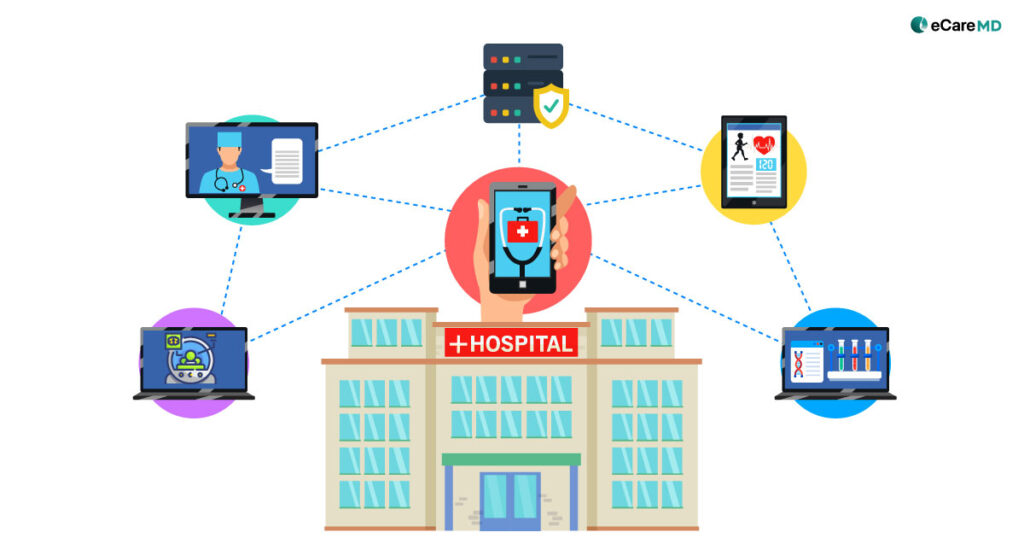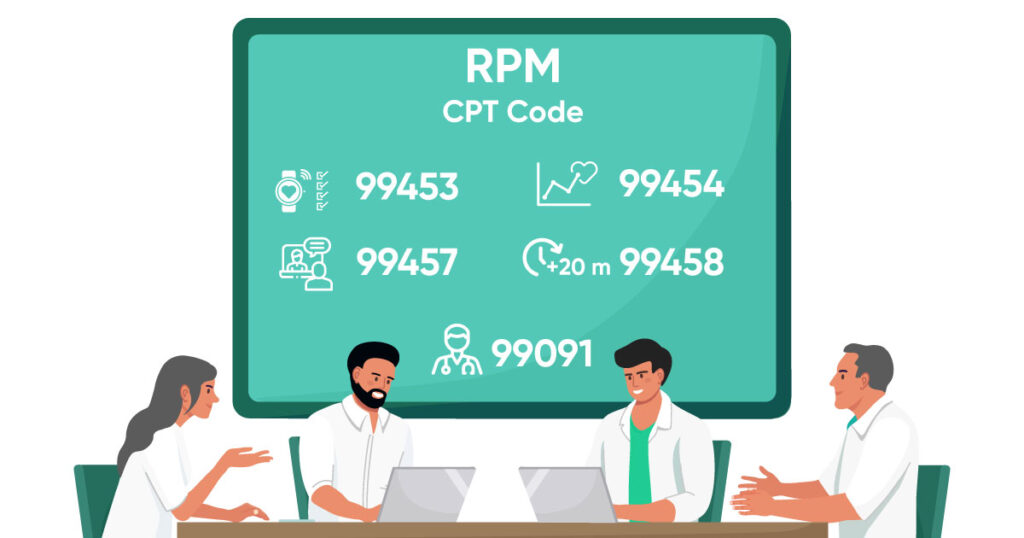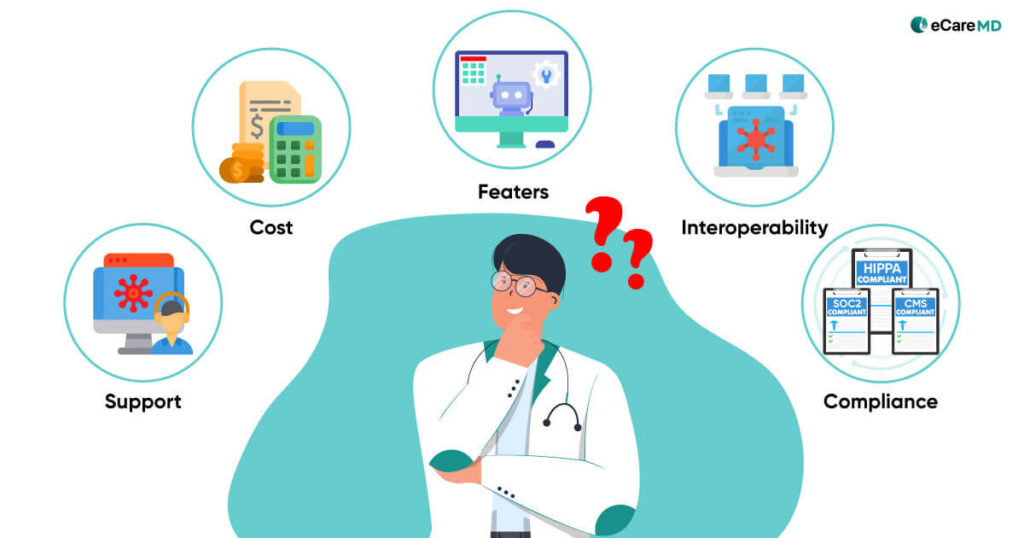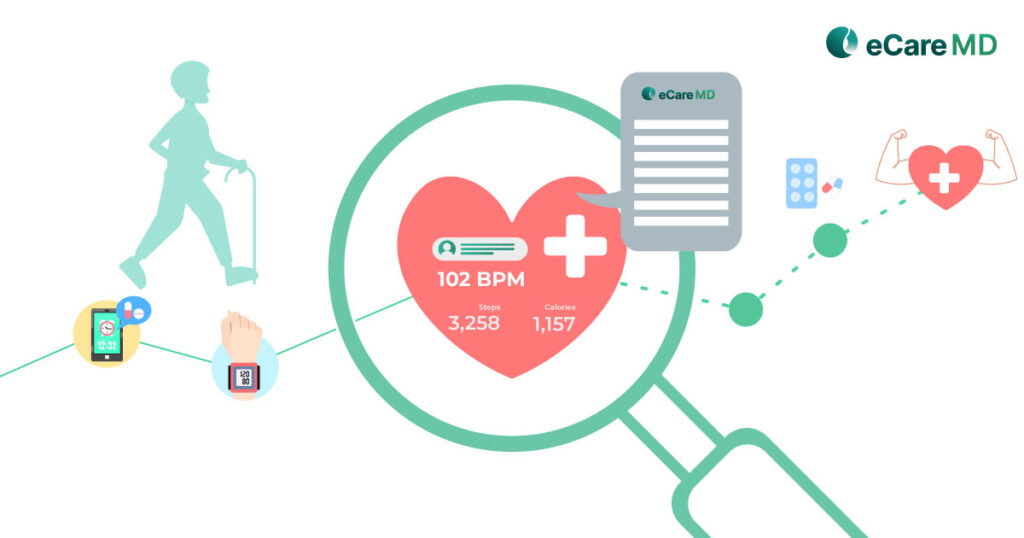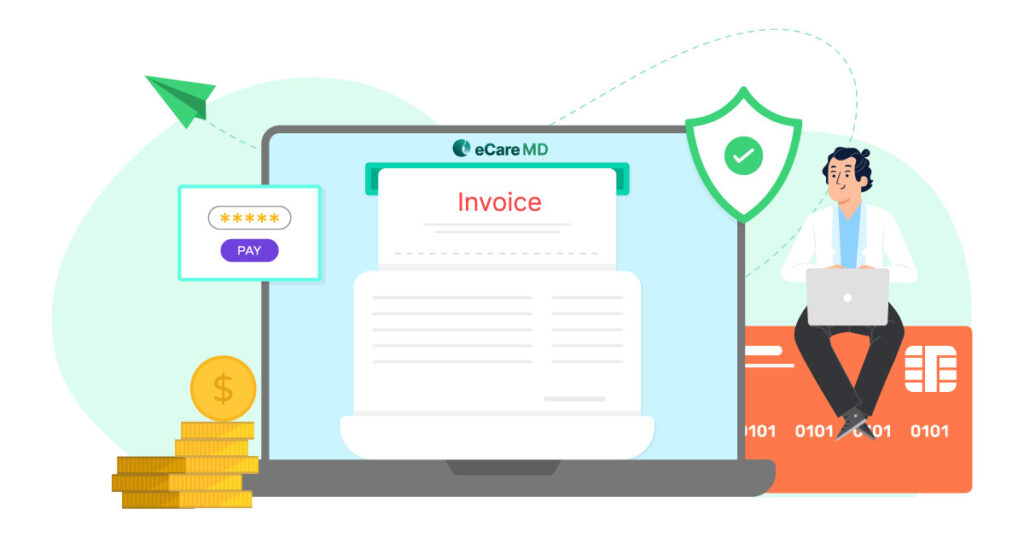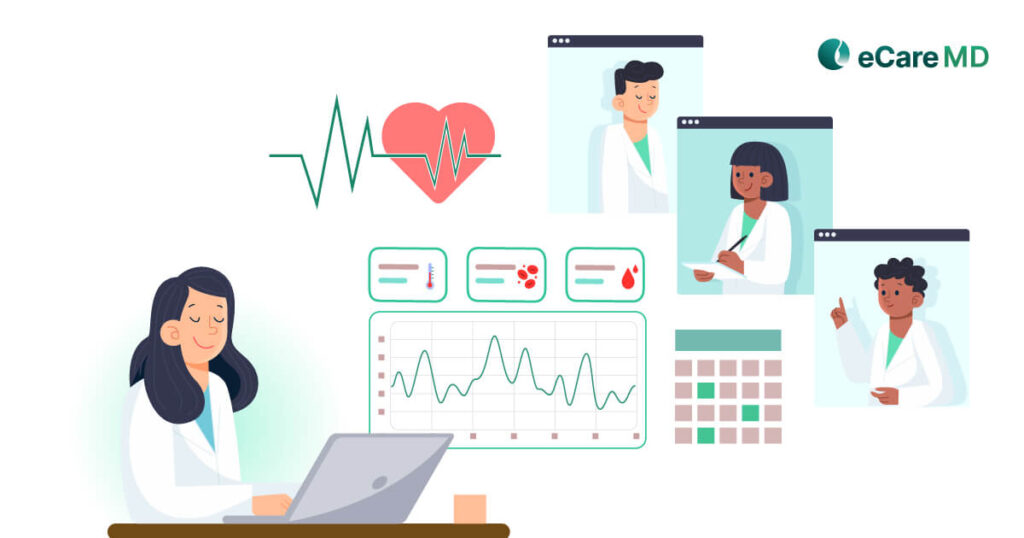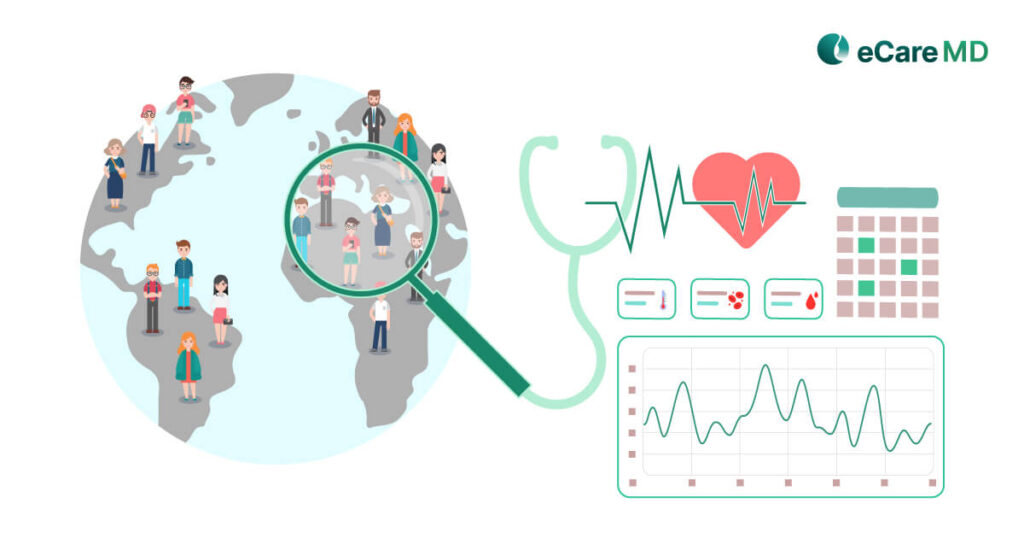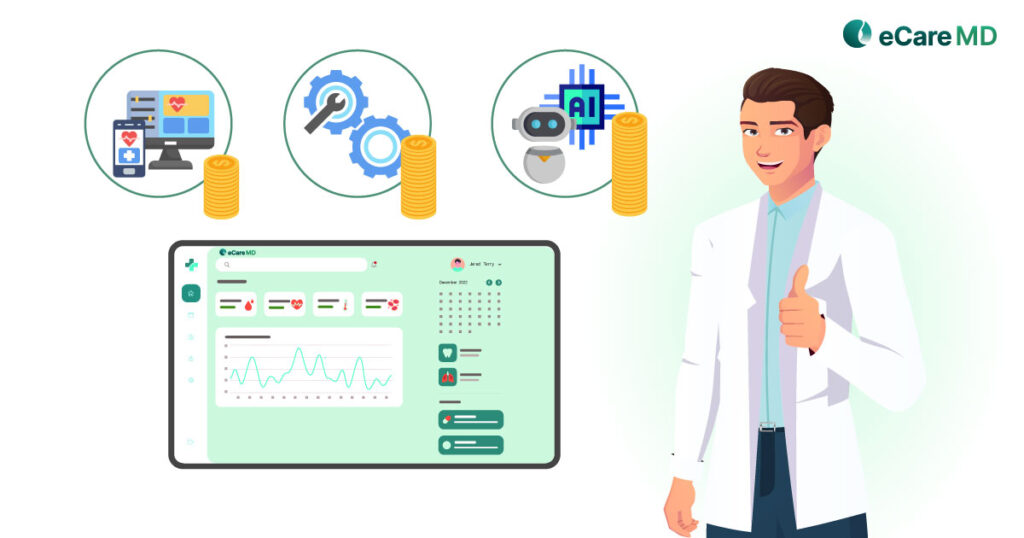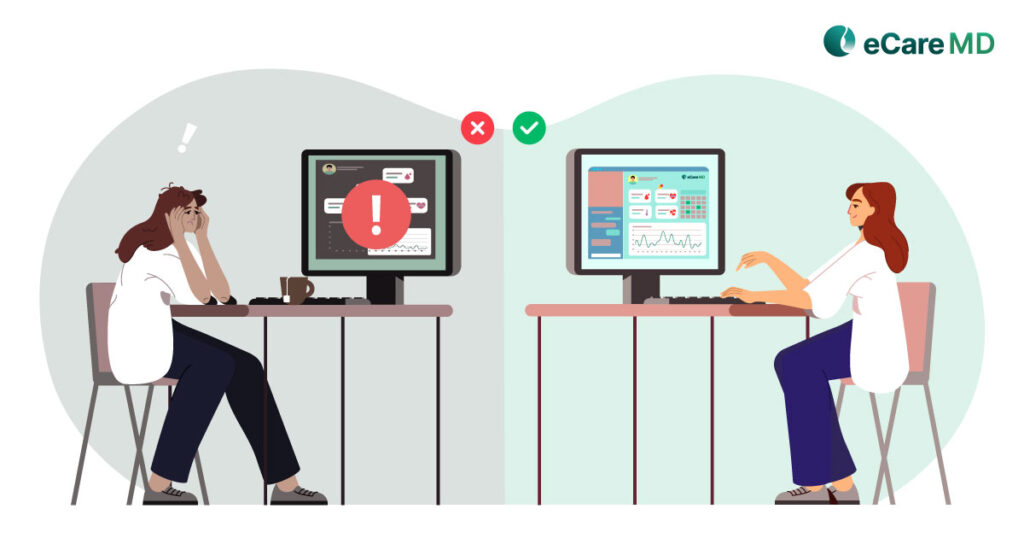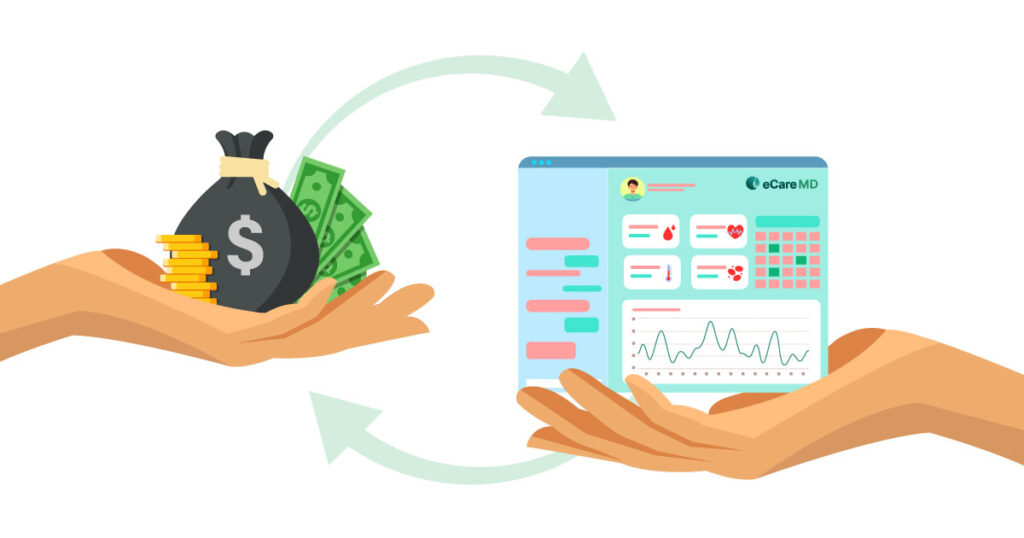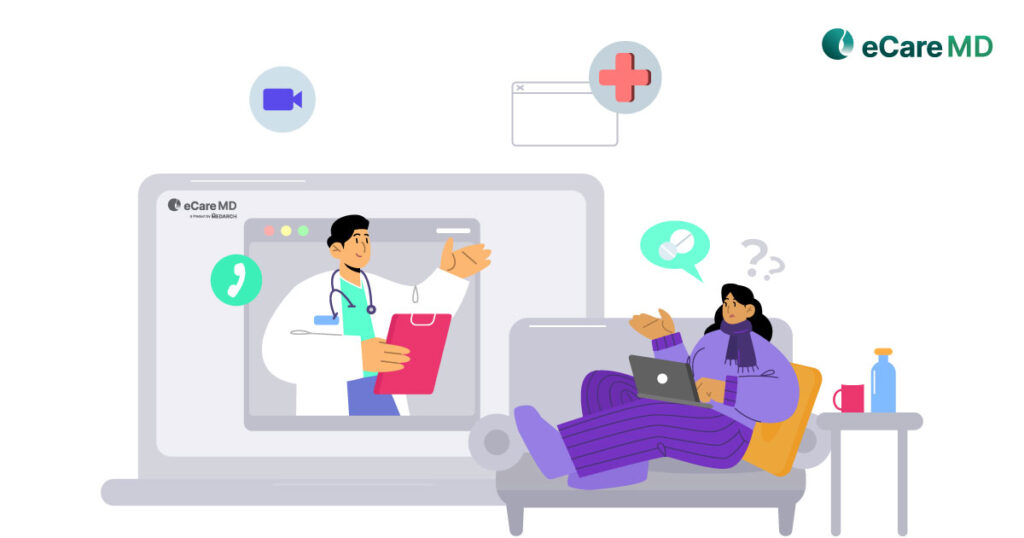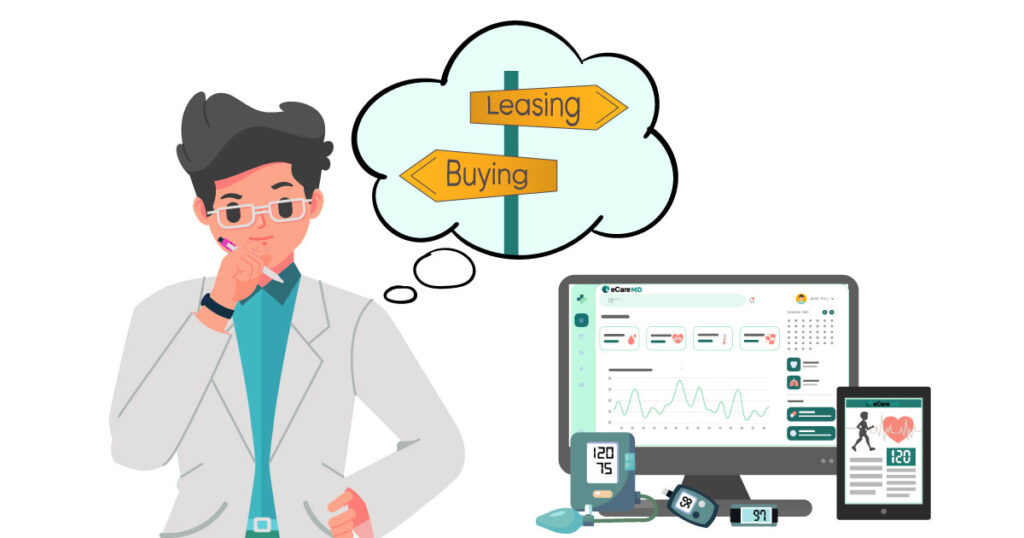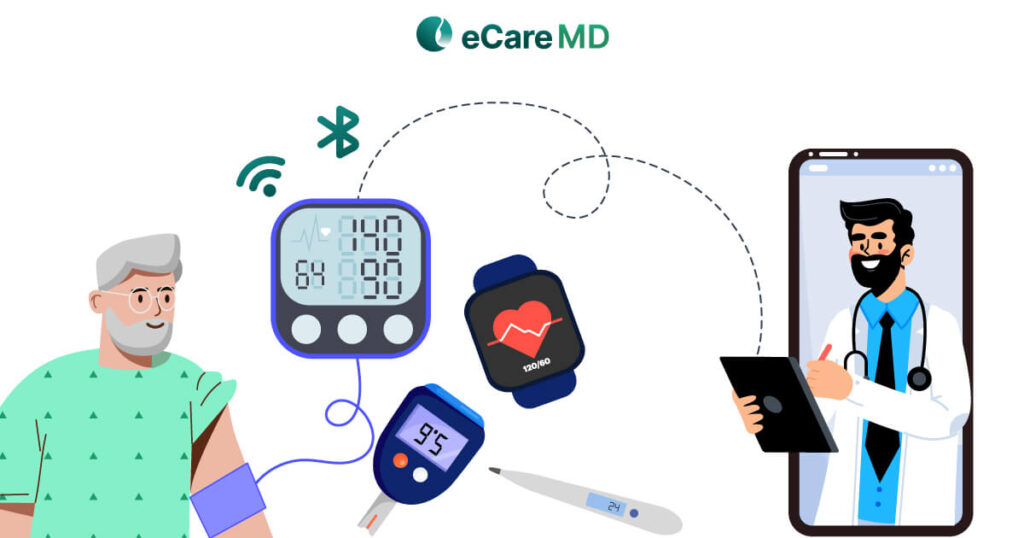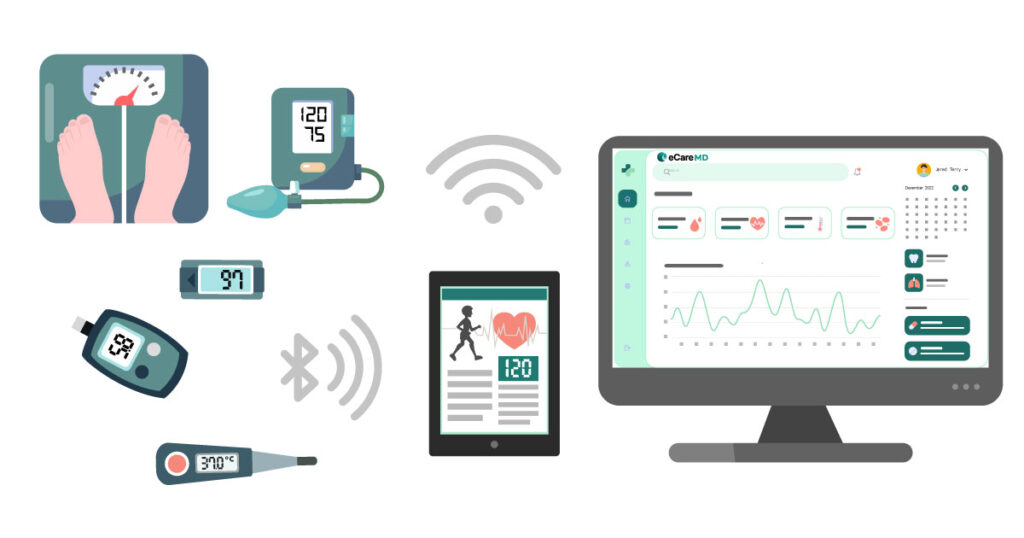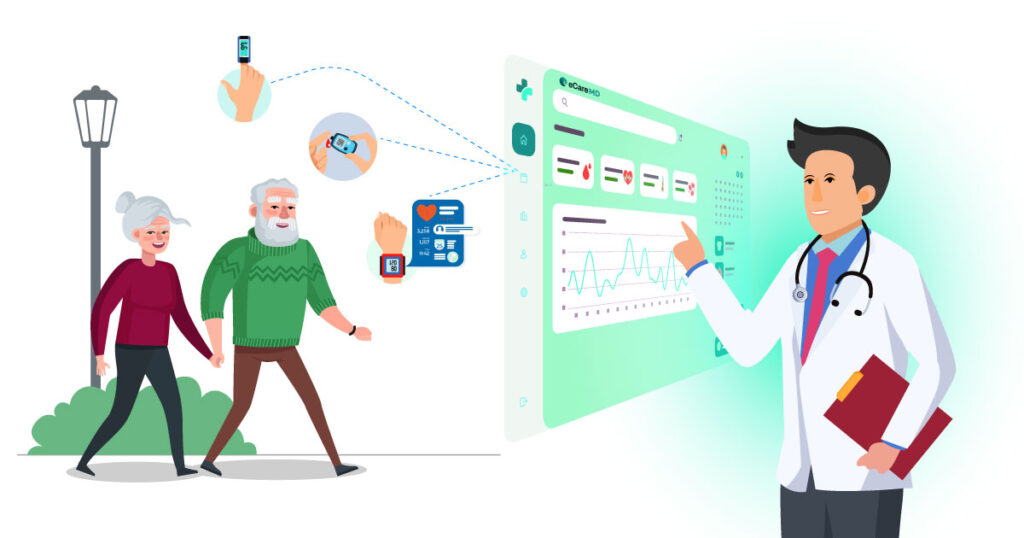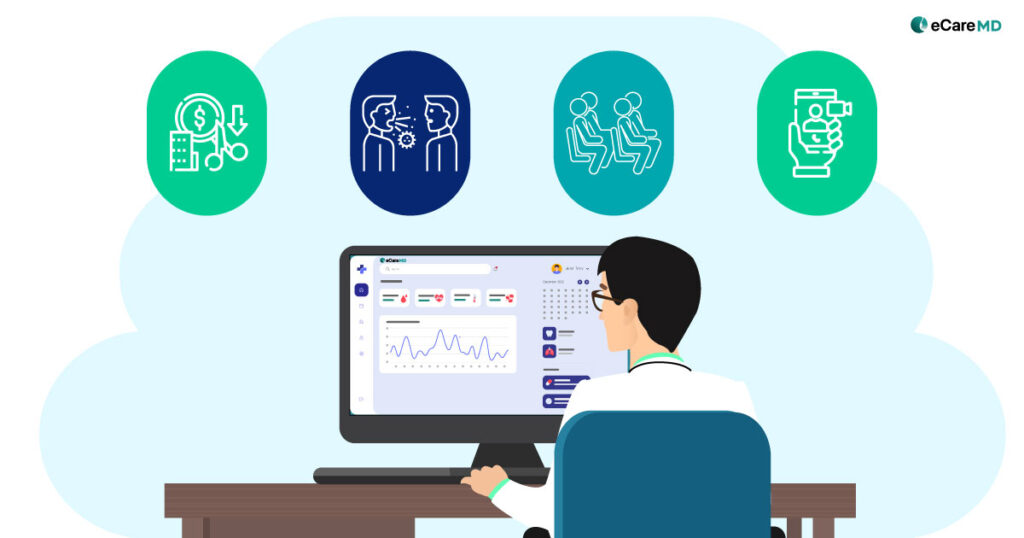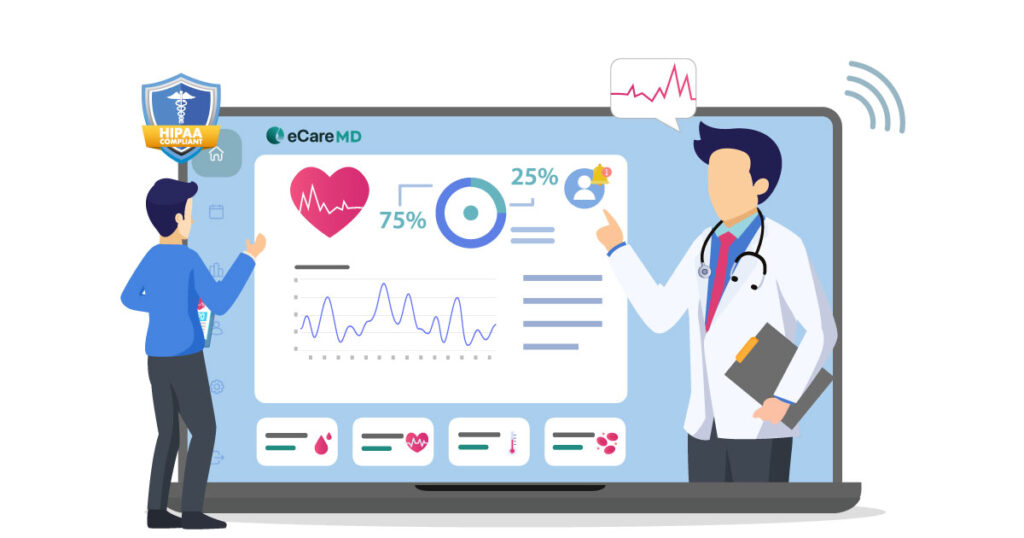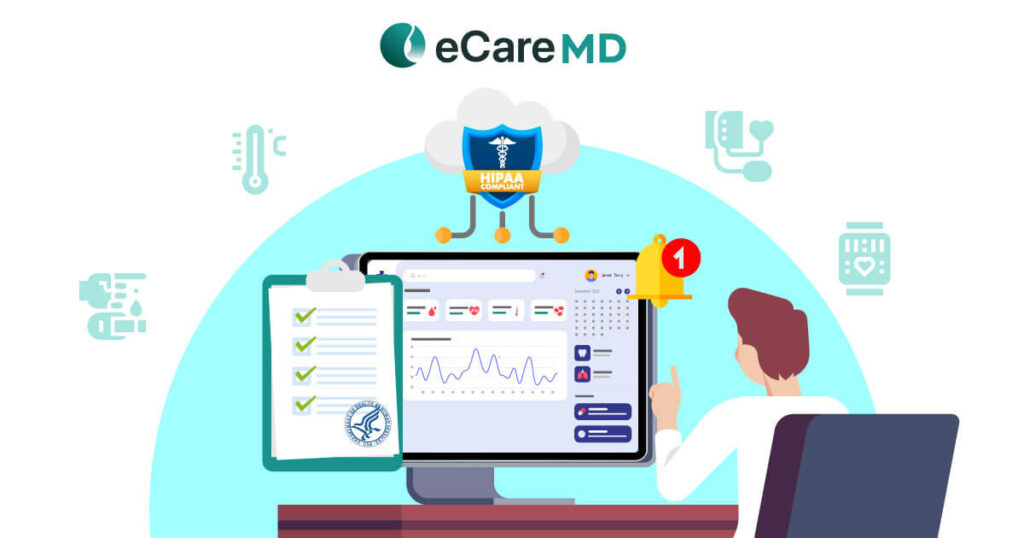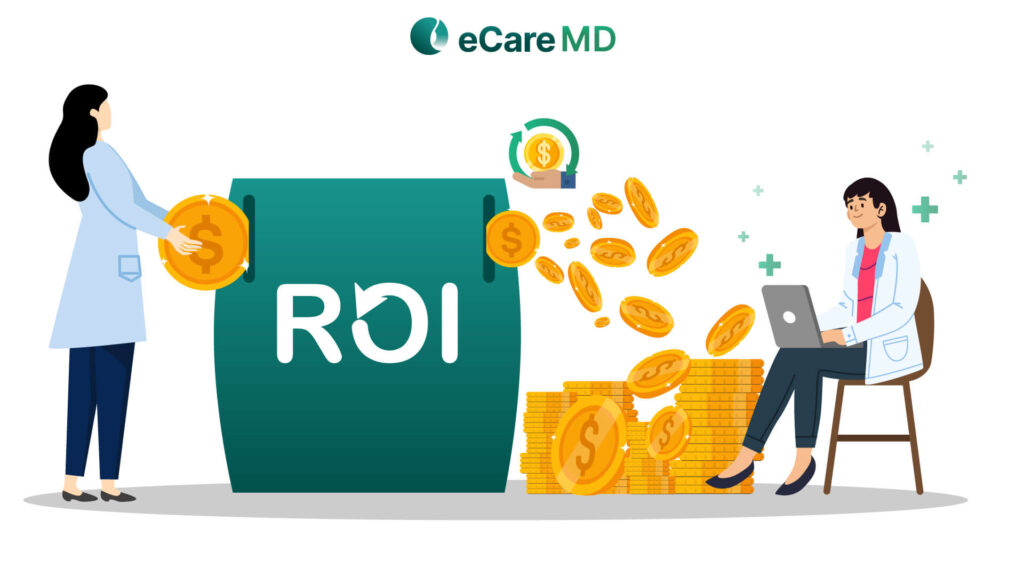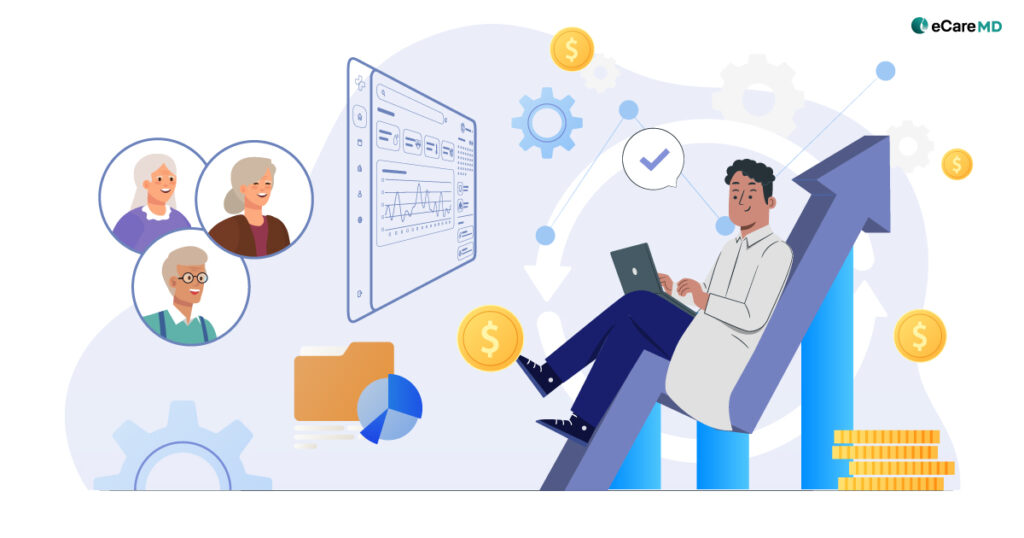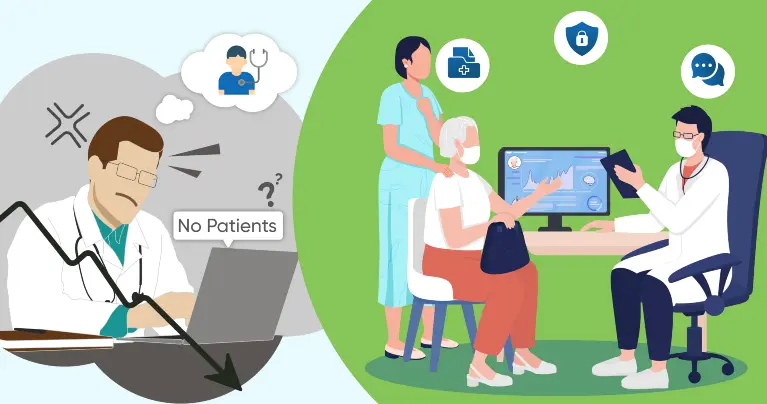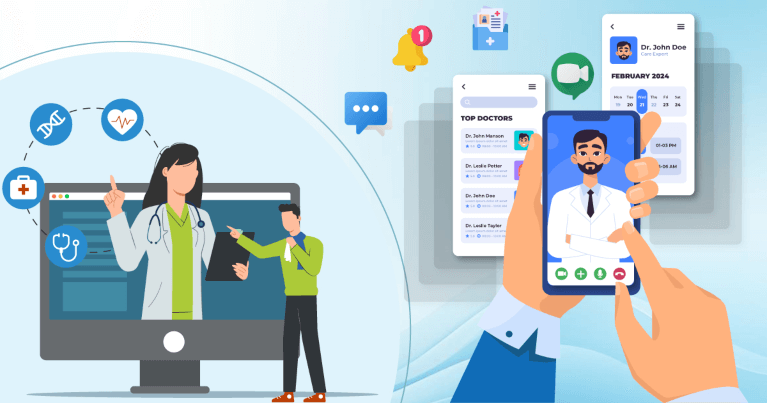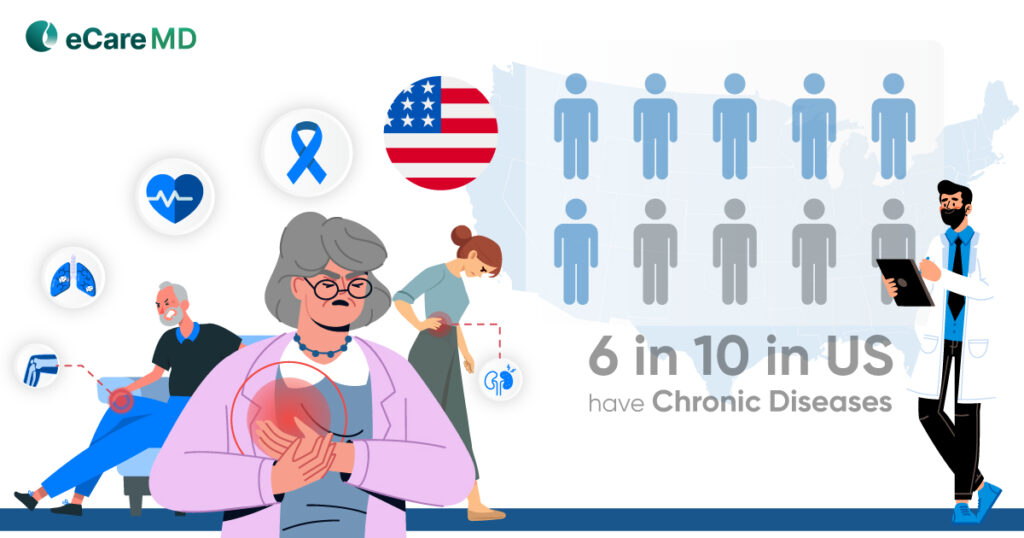Did you know that your chronic care management program can be your additional source of revenue?
The financial reimbursement structure for the CCM program set by the Centre for Medicare and Medicaid Services seems to be complicated on the surface. On the contrary, it is quite simplified, and if used correctly in chronic care management software, it can give you a financial advantage in maximizing reimbursement.
In the current chronic care management program landscape, there are many challenges in the process, such as complex documentation requirements, complex coding and billing procedures, and lower reimbursement rates for healthcare services.
But how can chronic care management software help streamline the billing process and enable you to have maximum reimbursement rates?
Well, let’s find that out in this blog below!
Before diving deep into the maximum reimbursement opportunities, let’s start with the basics of the reimbursement model in chronic care management programs.
On a base level, the reimbursement for CCM programs works like a tiered system with a fee-for-service payment model. The tiered system makes this complex, which takes modern-day healthcare practices away from the traditional structure.
So, depending on the complexity and time taken to provide care, the reimbursement rates vary. Complex, isn’t it? Let’s understand this with an example.
Suppose a patient with diabetes and high blood pressure will require occasional medication adjustments and regular check-ins. For this, the care manager will spend around 30 minutes per month managing their care, on average.
On the other hand, if there is another patient with a complex heart condition and depression, they will require frequent monitoring, complex medication management, and high care coordination. On this patient, the care manager will spend roughly one to two hours managing their care per month on average.
In this case, the first patient will usually qualify for CPT code 99490, which has an average reimbursement of $62. The second patient will qualify for CPT code 99487, which has an average reimbursement of $130.
So, in a nutshell, the reimbursement rate is directly proportional to the services you provide. However, maximum reimbursement goes beyond billing for just services. Implementing efficient processes, higher patient engagement, and delivery of quality care all contribute to higher reimbursement in the long run.
Proper implementation of the chronic care management software will help you get a comprehensive overview of the revenue opportunities you can avail of. Basically, it lets you know what documentation you require to file for a claim and improves the accuracy of coding as per the disease you are managing.
Along with that, by automatically recommending CPT codes for the service you are providing, the software improves the accuracy of coding and minimizes errors in codes. This opens a window of opportunities for additional revenue streams.
For this, the cost of CCM software per patient can be as low as $0.99 to $10 per month, depending on the condition and nature of the services being provided. This allows you to focus on providing clinical treatment in your clinic and have an additional practice income with the CCM program.
Here are the complex and non-complex CPT codes commonly used in chronic care management:
The CCM program is designed in a way that helps patients reduce their frequent visits to the hospital and remotely monitor patient health conditions to provide proactive preventive care. The CCM software, being the face of your CCM program, acts as a window for providing care facilities.
Enabling preventive care helps save by preventing costly hospital readmissions and health complications. This not only helps you manage your practice’s resources better but also reduces the overall spending on healthcare costs.
Refer to the table below to know how chronic care management software helps in reducing the overall costs of healthcare.
The distinctive feature of using chronic care management software is that it allows healthcare providers to shift the focus to improving the efficiency of the healthcare practice. You can use chronic care management and define the workflow of the software as per the workflow of your clinic.
Along with that, the latest advancements in the software automate most of the repetitive tasks and reduce the administrative burden of your staff. This allows your staff to focus more on care activities and better manage resources for those who are in need of it.
Furthermore, features like remote patient monitoring and automated care plan management bring the factor of convenience in providing services, which directly results in improved efficiency of healthcare, allowing you to save more on overall healthcare costs and provide better services to the in-patient population.
Successful implementation of chronic care management instills data-driven practices in your practice. It provides you valuable insights into patient data and enables you to make informed decisions based on the data.
To tell you a hidden secret, you can use the chronic care management software not just to get insights about the patient’s health but also about the finances of the practice. This means the targeted interventions can be made based on the financial insights, and strategies can be drawn to optimize cost.
Along with that, the reporting and analytics features give you a brief understanding of where your practice is heading monetarily, allowing you to plan better.
The CCM program changes the nature of the care being provided to the patient from reactive to proactive. In simple words, it basically allows you to proactively participate in the care programs along with the patient while spending less on care services. For example, a patient with diabetes can enroll in the CCM program and proactively work to improve his health condition with enhanced proactive patient care.
This can be used as a USP for encouraging patients to enroll in the CCM program. With the same example mentioned above, the patient will only have to pay somewhere around $8400 whereas a patient not enrolled in the CCM program averages $12,000 annually on controlling diabetes.
Remember, not adhering to these compliance guidelines can result in claim denials and even financial penalties.
